Uncategorized
-
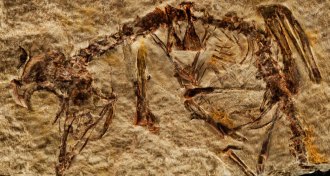 Animals
AnimalsThis baby bird fossil gives a rare look at ancient avian development
A 127-million-year-old fossil of a baby bird suggests diversity in how a group of extinct birds grew.
-
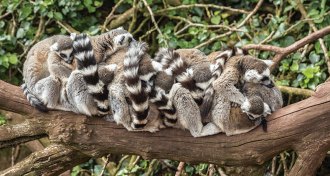 Anthropology
AnthropologyHumans don’t get enough sleep. Just ask other primates.
Short, REM-heavy sleep bouts separate humans from other primates, scientists find. Sleeping on the ground may have a lot to do with it.
By Bruce Bower -
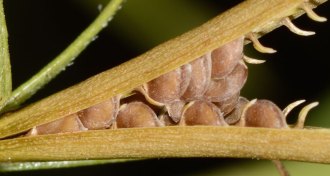 Plants
PlantsThese petunias launch seeds that spin 1,660 times a second
One species of petunia spreads its seeds explosively, giving them a rotation of 1,660 times per second.
By Dan Garisto -
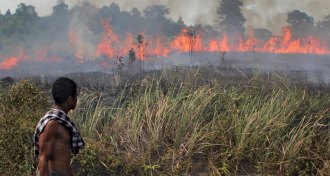 Ecosystems
EcosystemsWhen bogs burn, the environment takes a hit
Bogs and other peatlands around the world store outsized amounts of carbon. Climate change and agriculture are putting them at risk.
-
 Animals
AnimalsIn a pack hunt, it’s every goatfish for itself
Pack hunting among goatfish is really about self-interest.
By Susan Milius -
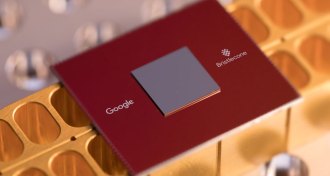 Quantum Physics
Quantum PhysicsGoogle moves toward quantum supremacy with 72-qubit computer
Google’s 72-qubit quantum chip may eventually perform a task beyond the ability of traditional computers.
-
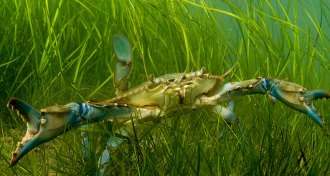 Ecosystems
EcosystemsPollution regulations help Chesapeake Bay seagrass rebound
Regulations that have reduced nitrogen runoff into the Chesapeake Bay are driving the recovery of underwater vegetation.
-
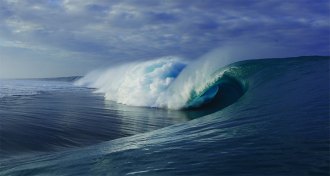 Earth
EarthBy 2100, damaged corals may let waves twice as tall as today’s reach coasts
Structurally complex coral reefs can defend coasts against waves, even as sea levels rise.
-
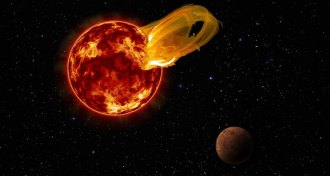 Astronomy
AstronomyMassive stellar flare may have fried Earth’s nearest exoplanet
A massive flare made Proxima Centauri 1,000 times brighter in 10 seconds, dimming hopes that its planet may be habitable.
-
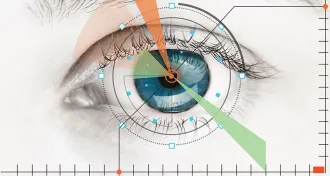 Artificial Intelligence
Artificial IntelligenceIn the future, an AI may diagnose eye problems
Artificial intelligence could help diagnose blinding eye diseases and other illnesses, speeding up medical care in areas where specialists might be scarce.
-
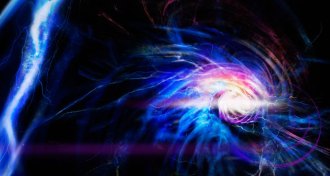 Physics
PhysicsKnotted structures called skyrmions seem to mimic ball lightning
Skyrmions in a quantum state of matter have something surprising in common with ball lightning — linked magnetic fields.
-
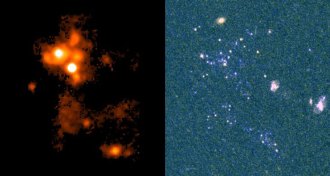 Astronomy
AstronomyLoner gas clouds could be a new kind of stellar system
Weird loner clumps of gas that have wandered for 1 billion years may have been stripped from a trio of larger galaxies.